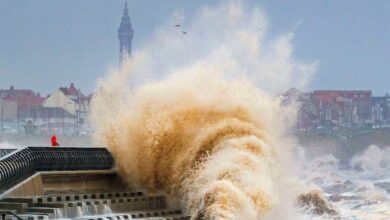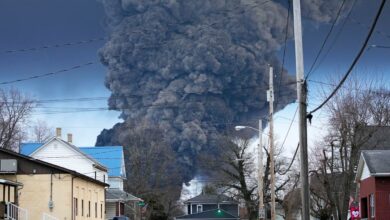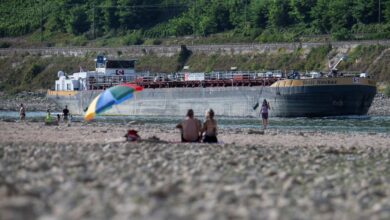As Asian countries hit by extreme cold snap, here’s what life is like at -53C

An intense cold spell is gripping east Asia, with temperatures plunging and hazardous conditions reported across China, the Koreas and Japan.
On Monday one of China’s northern-most cities broke its lowest ever recorded temperature, with the mercury hitting -53C at 7am on the first day of the Lunar New Year in Mohe, Heilongjiang province.
Japan and the Korean peninsula have also issued warnings over freezing temperatures and gales that have killed at least one person, while at least 57 people have been reported dead in Afghanistan as the wintry conditions stretch across into central Asia.
Mohe, widely known as “China’s North Pole” is nestled near Russia’s Siberia region, where temperatures can drop as low as -68C. It is one of the few places in China to have a subarctic climate.
Winters in Mohe are generally eight months long and begin in early October, often lasting until May. Average temperatures during this period as a whole have been known to dip below freezing, experts say. But a temperature of -50C is rare.
Residents in the wider area are describing spine-chilling details of the harsh winter conditions as 12 weather stations in Heilongjiang alone report temperatures close to or below their own low-temperature records this week.
One resident told Kanji Video that within 10 seconds of going outside, his hands had already started to feel numb.
“It becomes hazy about 100m in front of you, you can’t see anyone,” he said.
A viral video from China’s state broadcaster CCTV shows that when a reporter tried breaking an egg on an outdoor surface in Mohe, the yolk froze within seconds.
Other videos show a thick layer of ice on vertical surfaces like walls and doors, as water freezes instantly on any surface.
Residents say there are hardly any people seen venturing outside their homes, as visibility has plunged down to dangerous levels.
Xu Liling, head of the Mohe meteorological station, has advised people to stay indoors as extremely low visibility can cause traffic accidents.
Heilongjiang province is known in China for its extremely cold winters, due to its unique geographical location where cold winds from Siberia meet the warm, moist air from the Pacific Ocean, causing harsh winter conditions.
Yet even for those used to living in subzero temperatures, further drops to the kind of record lows seen this year add more layers of difficulties to existing challenges.
Experts say living under minus -50C can be extremely dangerous, and potentially life-threatening, if proper precautions aren’t taken. Most areas of the globe where temperatures fall below these levels aren’t suitable for permanent human settlement.
At -50C, it can be difficult to keep warm even with multiple layers of clothing, and exposure to the cold for just a few minutes can lead to hypothermia or frostbite.
The normal human body core temperature is 37C. Hypothermia is where your body temperature gets dangerously low, below 35C. In this condition the body loses heat faster than it can produce it. Spiralling below the narrow range of core body temperature at which humans are able to function.
While temperatures between 0C and -20C are not cause for alarm, anything at -20C or lower “can make you really start to worry about things like frostbite if you’re outdoors,” says Australian Antarctic Division deputy chief medical officer, Roland Watzl.
At -20C it takes around half an hour to develop frostbite and aspects of daily life, such as going for a walk, become increasingly difficult. However, when it comes to temperatures below as low as -50C, the difference becomes “painful” and frostbite occurs in just 2-5 minutes, Dr Watzl explains to ABC News.
A vendor is Russia’s Yakutsk which has been hit by extreme sub-zero temperatures





